Don't Buy a Phone or Laptop Without USB Type-C: Here's Why
The age of USB Type-C has arrived. Here's why starting now, you shouldn't buy a phone or laptop without a USB-C port.
USB Type-C started out as a proposal to solve the problem of bigger, less adaptable ports. Now, it can be found on flagship smartphones, premium laptops and even headphones. Unfortunately, although the spec was officially finalized for use in August 2014, its actual adoption has been a bit slow. But when I saw USB Type-C featured on a $99 budget phone last week, I knew the technology's time had come. The age of USB Type-C is here.
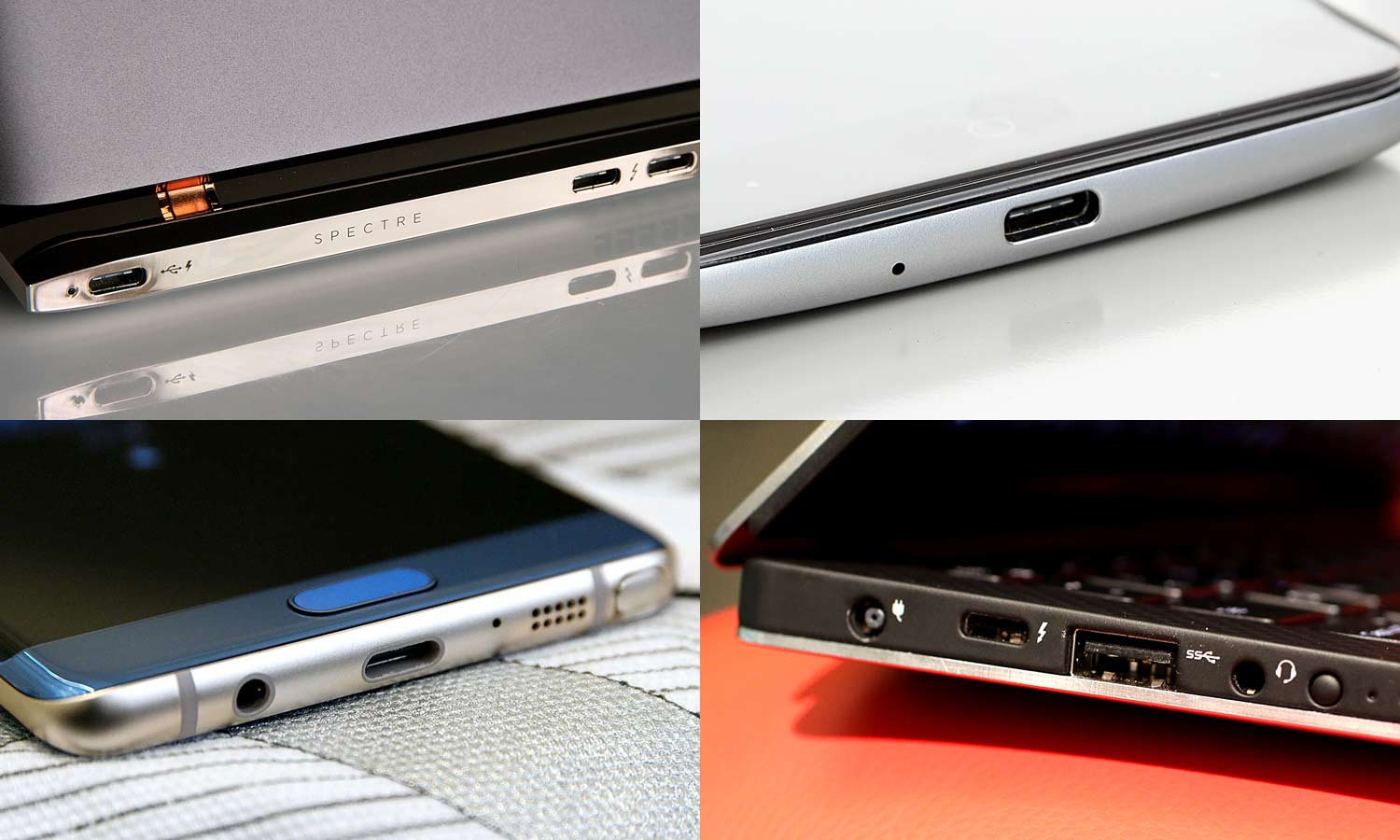
And really, it's about time. But before you start whining about how what we have now works and how you don't like change, let's take a look at what USB Type-C offers.
First, the plug is reversible. So unlike with micro USB, you never have to worry about plugging it in the wrong way. Apple's lightning connector has been doing this for years, and although it may sound trivial, it's actually a huge upgrade for general usability.
Second, USB Type-C will simplify and reduce the number of cables you'll need to keep around. USB Type-C was designed to replace both the boxy USB Type-A ports found on laptops and the micro-USB Type-B ports found on most smartphones.
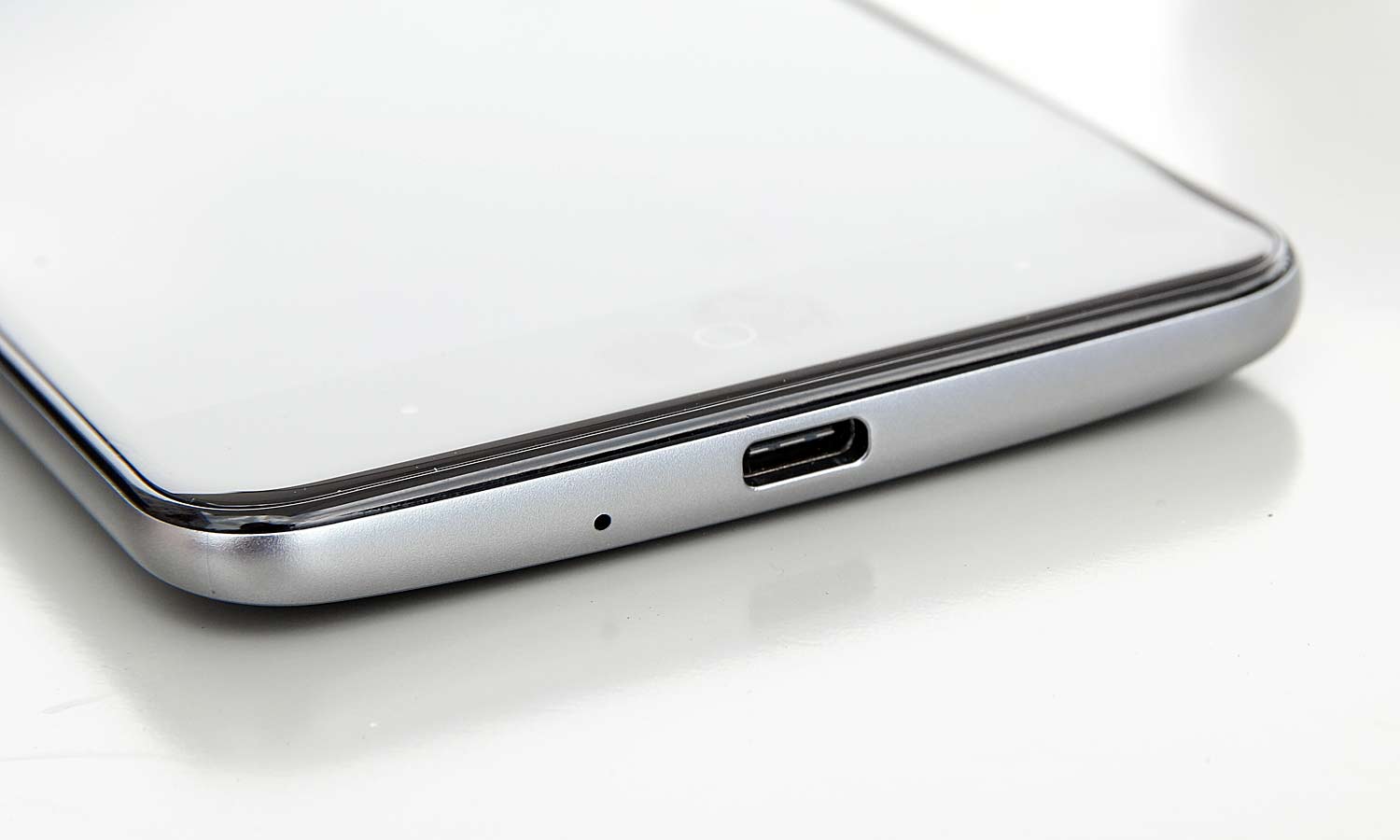
Third, USB Type-C's dimensions allow gadget makers to engineer devices that are thinner than ever before. While this isn't a huge deal for phones, take a look at laptops like deliciously thin 12-inch MacBook (0.52 inches) and the HP Spectre (0.41 inches). Those machines were only able to reach that level of thinness by trading boxy USB Type-A ports for slim and sleek USB Type-C ones.
MORE: HP Spectre Review - Slim, Sexy and Innovative
Fourth, USB Type-C makes it easier to support speedier power and data transfer. To get USB 3.0 (up to 5 Gbps) or 3.1 (up to 10 Gbps) speeds using a micro-USB port, you need to tack on a separate (and annoying) MHL plug. As for power, USB Type-A and micro-USB ports are limited to 7.5 watts. In contrast, USB Type-C ranges from a max of 15 watts all the way up to 100 watts for ports featuring support for the USB power delivery spec. That means you can charge pretty much anything, aside from a full desktop PC, using a USB Type-C cable. How's that for simplicity?
And that's before you even mention Thunderbolt 3, whose specifications mandate a USB Type-C port. Thunderbolt 3 bumps data speeds up to a whopping 40 Gbps while also leaving enough headroom to push multiple 4K displays and power delivery.
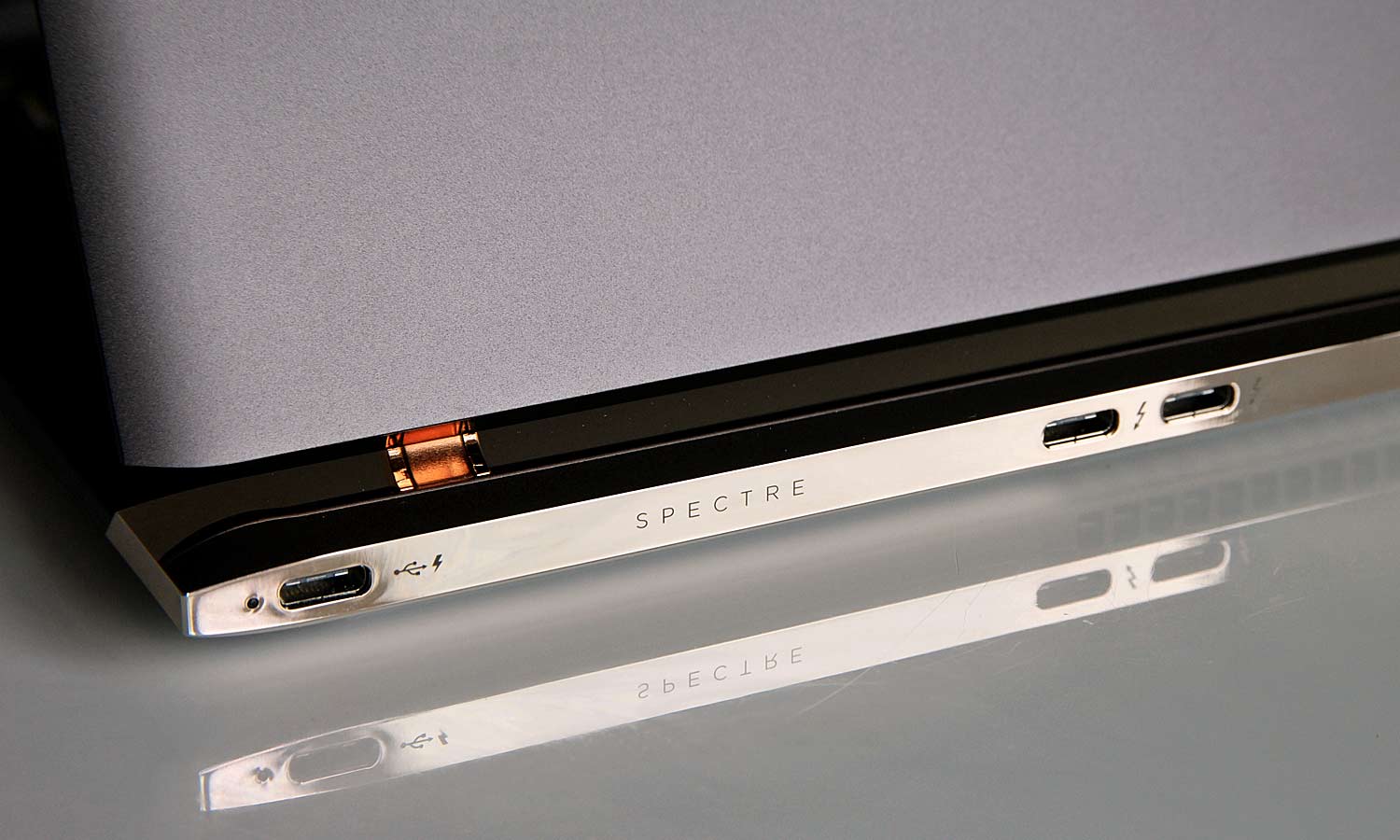
Next, you might say, "But I have a bunch of micro-USB and USB Type-A cables. I don't want to get new ones." Thankfully, that's not a big deal, either. You can buy new USB Type-C cables for as little as $9 each from reputable vendors such as Monoprice, and adapters such as micro-USB-to-USB-C and USB-A-to-USB-C can be had for even less. Besides, more often than not, the cables you need will come with a new USB Type-C device.
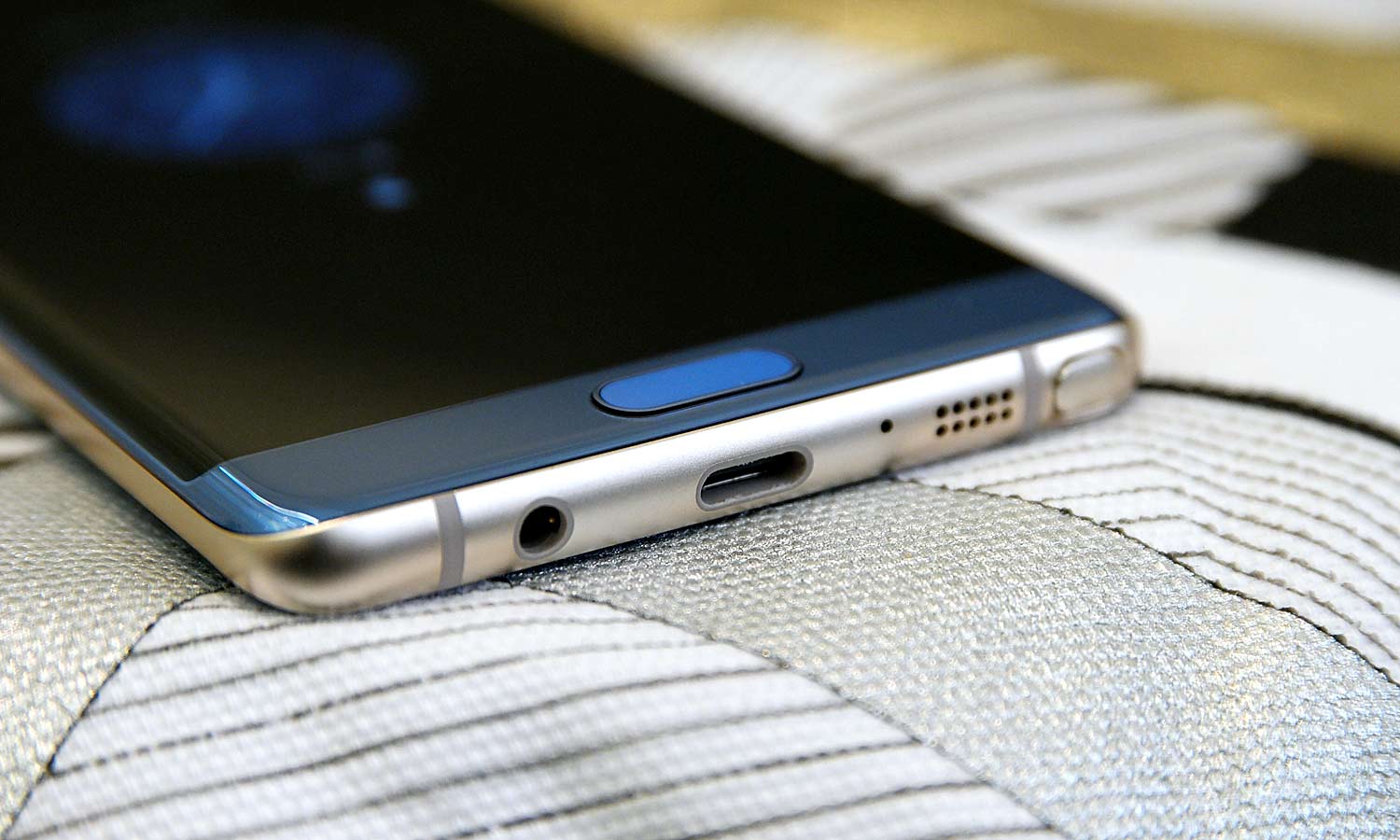
So what does this mean for the average Joe? Most important, it means that, starting now, you should not buy a phone with a micro-USB port. While you might suffer from some small growing pains now, you'll thank yourself in a year, when you're not saddled with outdated tech. For other devices, such as battery packs and external hard drives, make sure to look for USB Type-C support, too.
If you want to make the transition to USB Type-C as easy as possible, invest 10 or 15 bucks in a cord or an adapter (or both) so that when you do make the jump, you'll be ready. USB Type-C is the new standard, so you might as well be prepared.
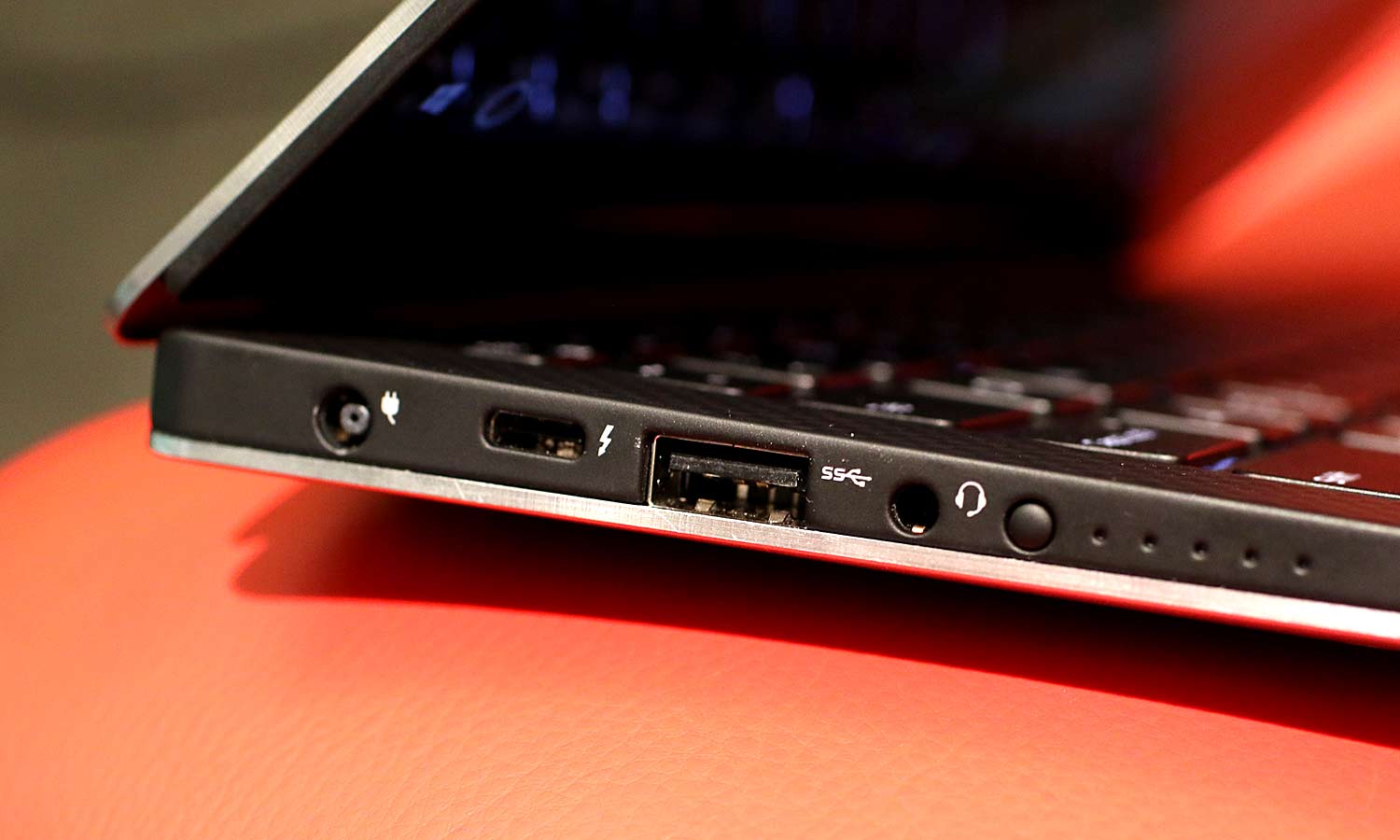
Finally, to all the gadget makers out there, this is your warning. From now on, if a device has only one port, it had better be USB Type-C. If not, there's a good chance I'm going to ding you. As for devices that often have multiple ports, such as laptops, at least one needs to be USB Type-C, or else you'll get marked down, too.
USB Type-C is a better, more useful port than its predecessors in every single way, and it's time to move on. Besides, do you really want to sound like the luddites of yesteryear complaining about how their videotapes and 8-tracks still work perfectly fine? It's time to embrace the age of USB Type-C.
Sign up to get the BEST of Tom's Guide direct to your inbox.
Get instant access to breaking news, the hottest reviews, great deals and helpful tips.
Sam is a Senior Writer at Engadget and previously worked at Gizmodo as a Senior Reporter. Before that, he worked at Tom's Guide and Laptop Mag as a Staff Writer and Senior Product Review Analyst, overseeing benchmarks and testing for countless product reviews. He was also an archery instructor and a penguin trainer too (really).
